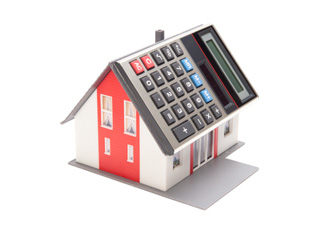The Leasehold Reform Housing and Urban Development Act 1993 (the 1993 Act) allows tenants of flats with leases of 21 years to extend their lease by 90 years, or acquire the freehold of the building of which the flat forms part by a collective enfranchisement claim (made with a requisite majority of other tenants).
The term 'flat' is defined in the 1993 Act as 'a separate set of premises which is constructed or adapted for use for the purposes of a dwelling'. To date there has been little debate as to whether or not a flat, that is the subject of a claim for a lease extension or collective enfranchisement, satisfies this definition. To draw a comparison, there has been far more debate on what constitutes a 'house' for the purposes of enfranchisement under the Leasehold Reform Act 1967 (the 1967 Act).
However, in the recent case of Smith and another v Jafton the statutory definition of 'flat' was considered in some detail. In this case a collective enfranchisement claim was bought in relation to a building where the 'flats' were used as serviced apartments. The apartments were occupied on a short term basis with an average stay of 18 days and reservations were made through a central booking system, with no guarantee that a customer would be allocated their choice of apartment. Significantly, the court held that such apartments did not qualify as 'flats' under the 1993 Act for the purposes of the claim.




















